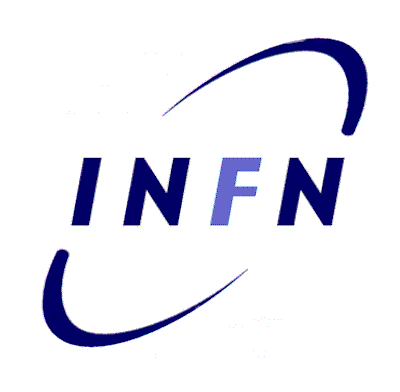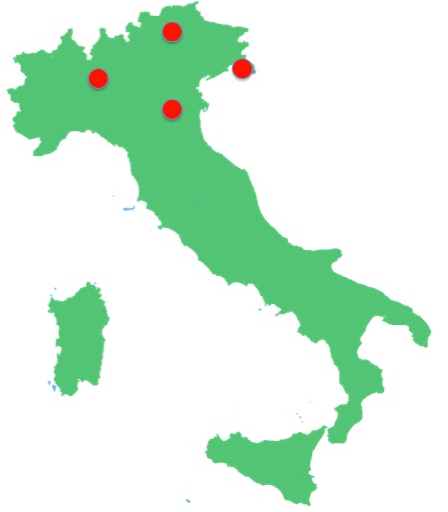Abstract

Our collaboration focuses on topics where both gravity and quantum physics are relevant, ranging from the investigation of the gravitational interaction at the fundamental level, to the study of black hole physics and cosmological models. Issues of the largest impact are the understanding of black hole formation and Hawking evaporation, and cosmological inflation as the standard paradigm of the early universe, dark energy and dark matter.
Beside the well established formalism of quantum field theory (QFT) in curved space-times, which still provides us with a very powerful tool for studying quantum effects in semiclassical gravity, today’s novelty is the possibility to formulate theoretical descriptions for the fully quantum regime of gravity, and in forms which can lead to concrete predictions for astrophysics and cosmology. This is attained by employing advanced quantum field theory methods, like effective actions in the renormalisation group approach to high-energy regimes and string inspired generalised uncertainty principles, along with corpuscular models of specific self-gravitating systems.
Our activities can be divided into the following specific fields:
- Effective QFT of gravity:
- asymptotic safety;
- virtual and real black hole states in the UV-completion of
gravity (classicalisation);
- rigorous QFT on curved space-time;
- general f(R) theories of gravity;
- QFT in de Sitter and anti de Sitter spaces.
- Black hole physics:
- formation of trapping surfaces and onset of
Hawking evaporation in gravitational collapse of astrophysical
objects;
- persistence of classical singularities in the quantum
theory and regular black holes;
- microscopic models of black holes as BECs of gravitons;
- analogue models of Hawking radiation;
- string phenomenology in astrophysics.
- Cosmology:
- inflationary scenario and the CMB;
- dark energy;
- modified gravity models;
- child universe formation;
- dark matter;
- string cosmology.
 Our collaboration focuses on topics where both gravity and quantum physics are relevant, ranging from the investigation of the gravitational interaction at the fundamental level, to the study of black hole physics and cosmological models. Issues of the largest impact are the understanding of black hole formation and Hawking evaporation, and cosmological inflation as the standard paradigm of the early universe, dark energy and dark matter.
Beside the well established formalism of quantum field theory (QFT) in curved space-times, which still provides us with a very powerful tool for studying quantum effects in semiclassical gravity, today’s novelty is the possibility to formulate theoretical descriptions for the fully quantum regime of gravity, and in forms which can lead to concrete predictions for astrophysics and cosmology. This is attained by employing advanced quantum field theory methods, like effective actions in the renormalisation group approach to high-energy regimes and string inspired generalised uncertainty principles, along with corpuscular models of specific self-gravitating systems.
Our activities can be divided into the following specific fields:
Our collaboration focuses on topics where both gravity and quantum physics are relevant, ranging from the investigation of the gravitational interaction at the fundamental level, to the study of black hole physics and cosmological models. Issues of the largest impact are the understanding of black hole formation and Hawking evaporation, and cosmological inflation as the standard paradigm of the early universe, dark energy and dark matter.
Beside the well established formalism of quantum field theory (QFT) in curved space-times, which still provides us with a very powerful tool for studying quantum effects in semiclassical gravity, today’s novelty is the possibility to formulate theoretical descriptions for the fully quantum regime of gravity, and in forms which can lead to concrete predictions for astrophysics and cosmology. This is attained by employing advanced quantum field theory methods, like effective actions in the renormalisation group approach to high-energy regimes and string inspired generalised uncertainty principles, along with corpuscular models of specific self-gravitating systems.
Our activities can be divided into the following specific fields:


